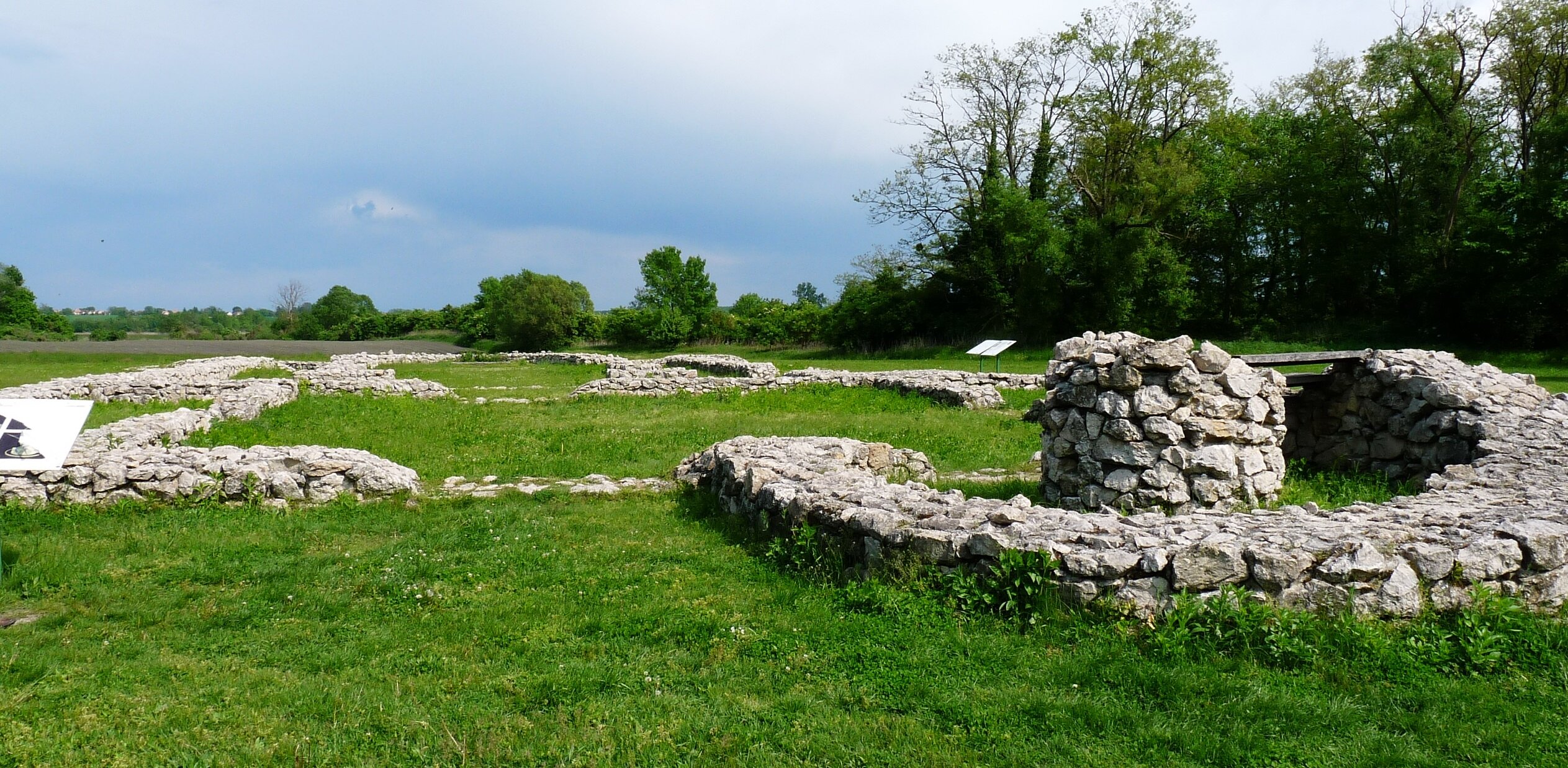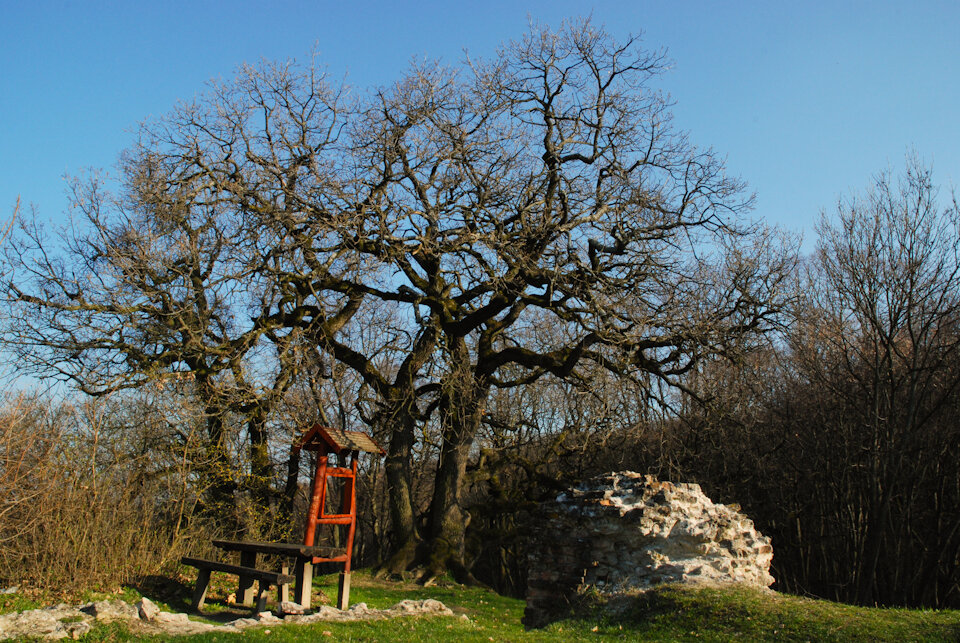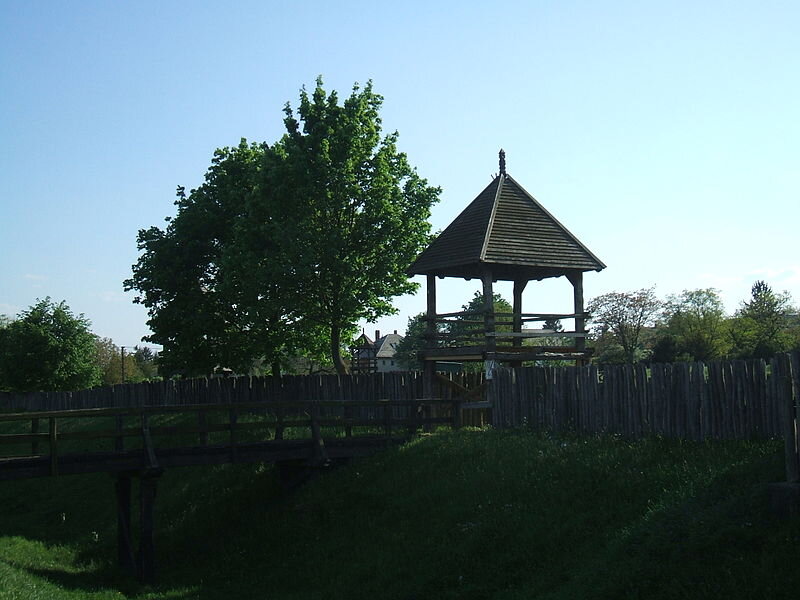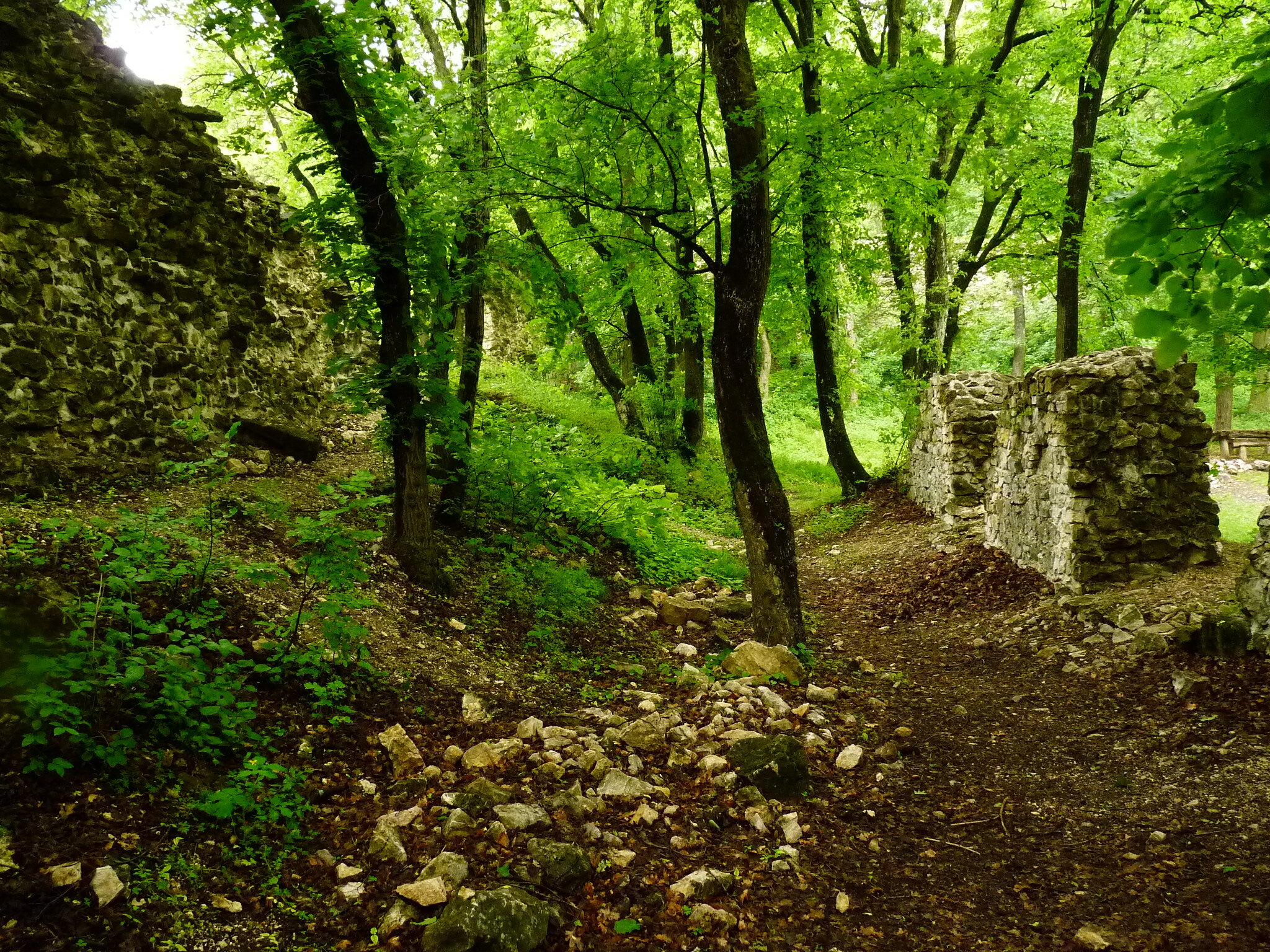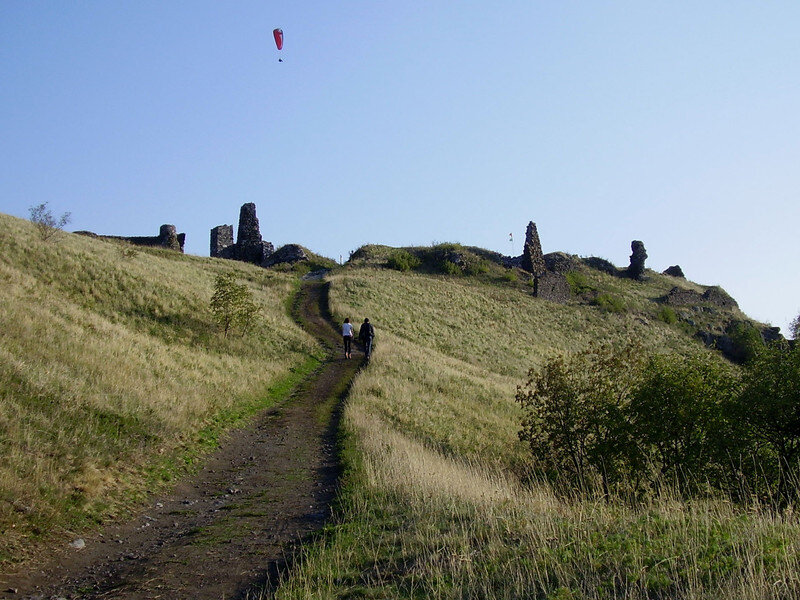2/10
Mosaburg, Zalavár
A lost world in the middle of Kis-Balaton, on the edge of Zalavár. The longest ongoing archaeological dig of Hungary has uncovered an empire's capital in its entirety. In Mosaburg, the city of Arnulf, a Carolingian ruler there stood an emperor's palace, large churches, and craftsmen's workshops, protected by earthworks and palisades. The arrows of Hungarians did for the Carolingian rule, but another fort was raised here later, during the conquest by the Ottoman Empire. Today, a huge field of ruins remind of the past. Kis-Balaton is an ideal destination for hiking or bike tours; the partly reconstructed ruins are worth a visit. The exhibition in the Kis-Balaton House among the ruins on the Vársziget (Castle Island) discusses the local flora and fauna and the history of the place. Those, who cannot travel to Kis-Balaton can explore the glory days of Zalavár in the frame of the archaeological exhibition of the Hungarian National Museum.
3/10
Szigliget
Each and every empire built castles and forts around Lake Balaton - we dedicated a separate article to the Romans -, which were usually destroyed by the next conqueror in line; hence the area has hardly any fortifications with more than a few stone walls standing. The only lakeside castle, the 'Castle of Balaton' in Szigliget is an exception: there had been but little left of this one as well, but a part of it was reconstructed in recent years. Plus, loads of fun were added for its re-opening in 2014: this castle has real cannons and an exhibition, moreover you can try sword-fighting and archery here. A smaller exhibition was established at the foot of the castle hill so that people living with physical disabilities would not miss out on the experience.
4/10
Fehérkő Castle, kereki
Fehérkő Castle is the Szigiget of the south shore. The south shore has even fewer castles than the north shore, but the ruins of Fehérkő on the edge of Kereki has everything a decent castle ruin should offer. It has still recognisable parts, it is easy to approach, but still lies in an exciting locations. There is neither a museum, nor a good sword fight, but it's still a great destination for an excursion from the nearby Balatonföldvár - by foot via the trail, or by bike. In the latter case, make sure to visit the Völgyhíd Café halfway down.
5/10
Fácános palisade, Fonyód
Fonyód and its surroundings have many a spot called 'vár' (castle, fort), but it is Fácános (meaning sg. to do with pheasants) that gives the most insight of what went on here, when people were engrossed in fighting instead of sunbathing by Lake Balaton. Fácános was a simple palisade, so nothing remained of it, but the ditches. Posterity, however, was grateful enough to rebuild some of the walls and the towers. To visit Fácános, you don't even have to leave town into the wild: it only takes a walk from the centre of Fonyód to reach it.
6/10
Veszprém
Today, you won't see much of the original castle of Veszprém, but it's not nature that has regained the spot: the building of after-ages have hidden the ancient walls. The Veszprém Castle and the castle district constitute one of the most pleasant parts of town (the other one being Veszprémvölgy) with its Baroque buildings, St. Michael's Cathedral, the Stephen and Gisele statues, the Fire Tower, and the Decanter Bistro by the gate, where you can spice up your experience of these cobblestoned streets with wines from the Balaton Uplands. You can read more about the castle district here.
7/10
Zádorvár, Pécsely
For a period of time, the Tihany Abbey also functioned as a fort, but if you're in the area, you should visit Zádorvár near Pécsely, too. This fortification is not really noted; its owners abandoned it in the 15th century, and it has been dilapidating since. It's a great destination if you want to explore the nearby hills and vineyards. You can still recognise a few of the castle's parts in the ruins that stand in the picturesque woods.
8/10
Kinizsi Castle, Nagyvázsony
King Mathias' superhero, Pál Kinizsi left behind a fairly intact castle. Her, you'll surely not be knocked in the head by a collapsing piece of the wall. The number one attraction of the place is the keep, with one of the earliest examples of Hungarian loo architecture and other curiosities. The calendar of the castle usually holds some treats for the fans of Mediaeval warriors, knights' tournaments and sword fights.
9/10
Csobánc castle, Gyulakeszi
You might already know the name of Gyulakeszi thanks to its car rest that serves excellent marrow toast, but maybe fewer people are aware that the Villa Tolnay wines, the Csigó Mill and the Csobánc castle also belong there.. The latter is hardly more than a few ruined walls today. The fortification that was also used by the kuruc (the armed anti-Habsburg rebels in Royal Hungary between 1671 and 1711) was blown up by the victorious forces of the Empire and has been a picturesque ruin since. Life, however, goes on: it is visited by warriors in costumes and paragliders, in addition to the tourists climbing up with significantly less baggage than the previous groups, simply to enjoy the panorama of the surrounding hills.


